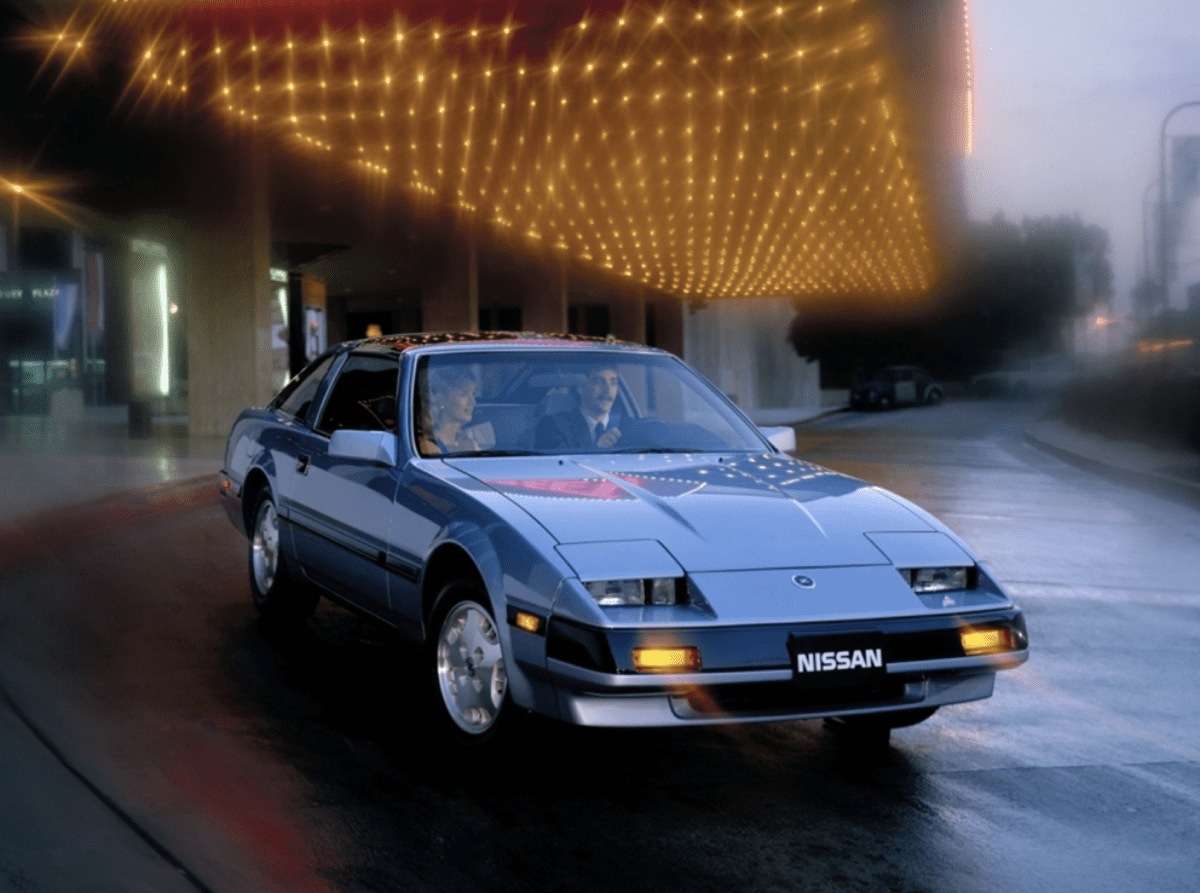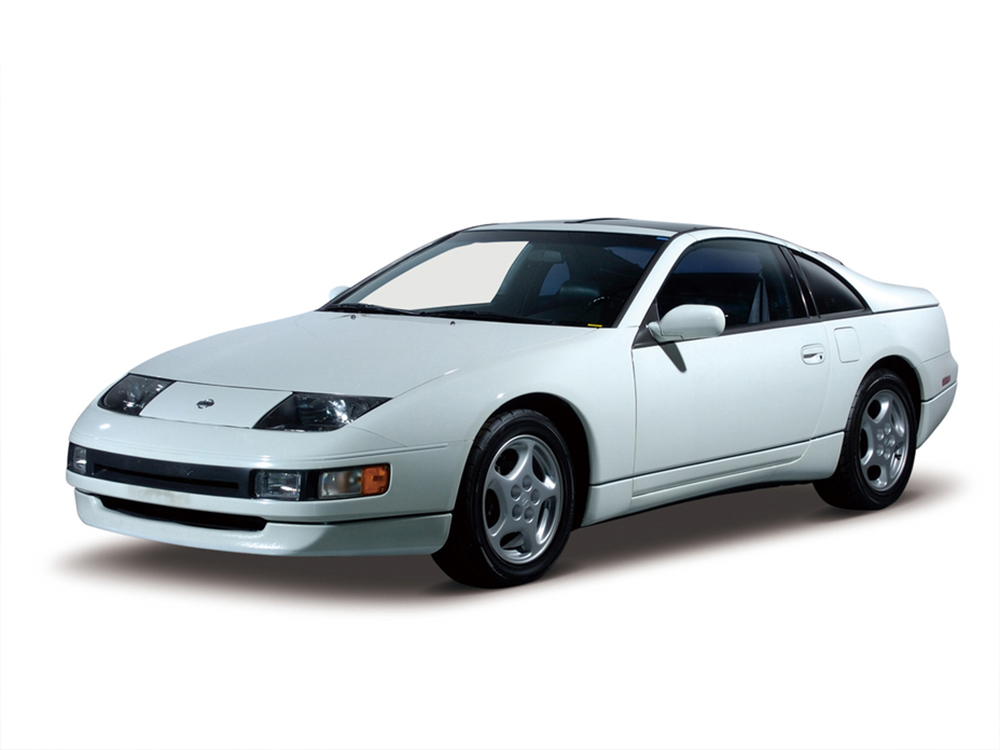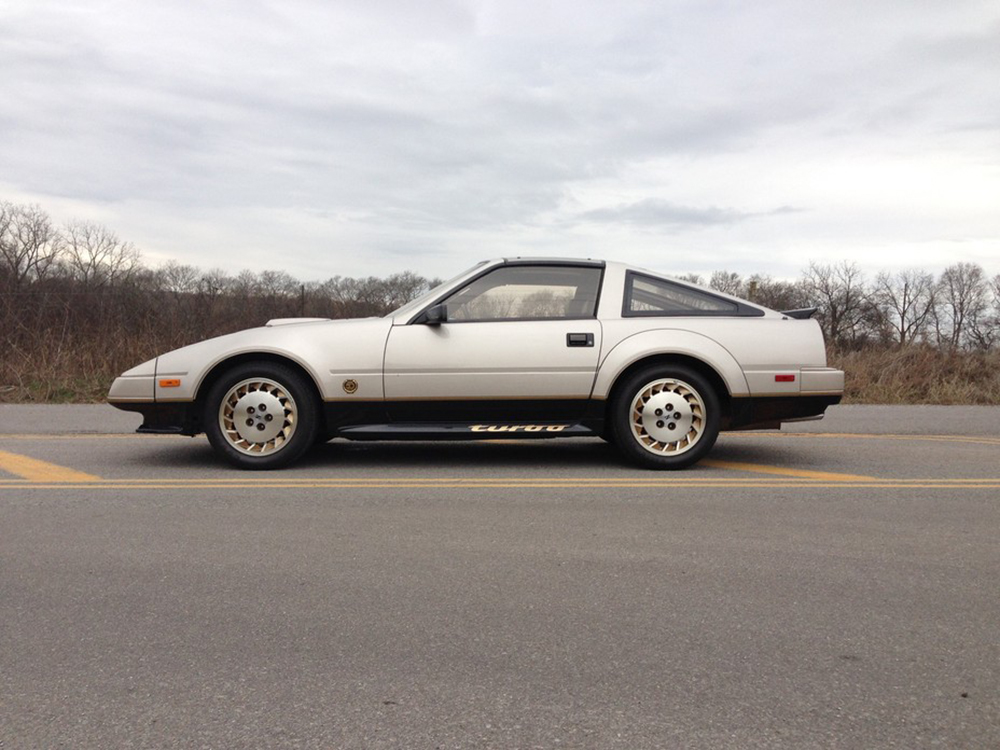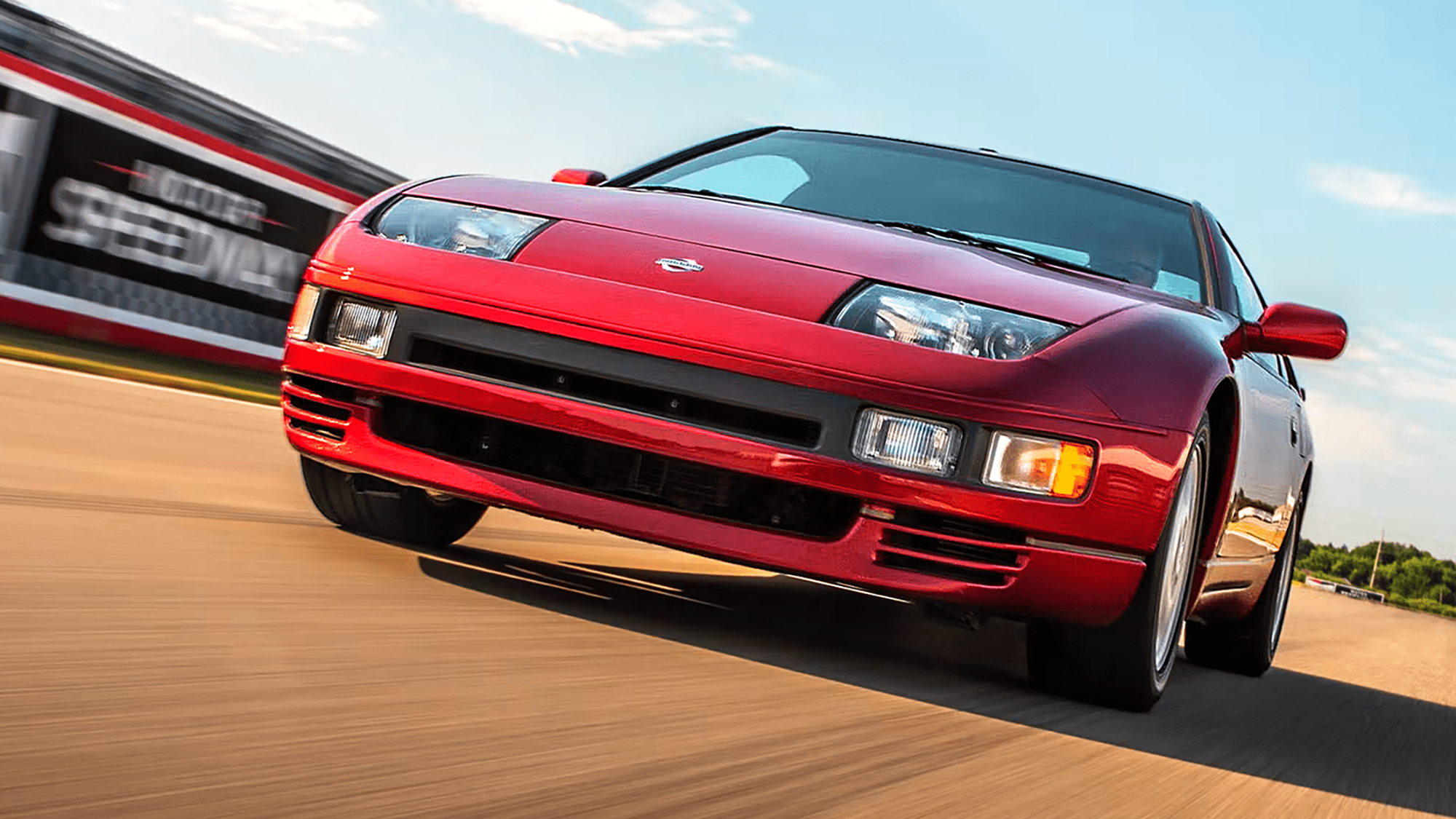The new Z started with a V
For 1984, Nissan would unveil the new 300ZX, a car using much of the outgoing 280ZX chassis and overall architecture, but sporting an all-new 3.0L V-6 engine. This was a bold departure from the inline six traditionally used in the Z Car since its debut in 1969, but allowed for better packaging, smoother idling, higher efficiency, and a host of other benefits, according to Nissan.
Known as the Z31 to insiders, the new 300ZX featured sharply angled edges, and chiseled corners all tempered by subtle and softly sloping gradients. The result was a car that absolutely epitomized 1980s car design – slightly boxy with a degree of arch. It was hugely popular and the limited edition Shiro 300ZX of 1988 would prove to be one of the quickest and fastest production cars available, sprinting from 0-60 in just over 5-seconds and topping out at 153 MPH, according to Car and Driver magazine. By 1989, the Z31 was aging nicely, but there was more to be had from that engine. And more modern styling to be delivered. It would come in the form of the all-new 300ZX of 1990.
Known as the Z32, the chassis and body and interior were completely revised, but the engine and transmission remained largely the same – only now it sported four overhead cams, 24 valves and variable valve timing, which gave the normally aspirated versions 222 HP – roughly 50 more HP than the Z31. Instead of offering with a single turbo, Nissan packed in two turbos and two intercoolers, creating an even 300 HP – Corvette wouldn’t get 300 HP until 1992, delivering 250 until then. And the Z cost quite a bit less than a Corvette and offered easier ingress-egress.

Is the Z32 300ZX fast?
Yes – indeed, the Nissan 300ZX, in either twin turbo or normally aspirated variants, could be considered quick and fast. They ran from 0-60 in 5- or 6-seconds, and had an electronically limited top speed of 155 MPH. Even the normally aspirated Z would top out around 140 MPH. On top of that, the Z could handle like a slot car, able to hold the road like few others. Magazines of the day praised the Z32 for its predicable handling and overall poised demeanor, a car that could get out of hand, but simply didn’t without a lot of encouragement.

Is the Z32 300ZX a good collector’s car?
It’s coming of age, for sure. At the moment, the 240Z and 280ZX seem to dominate the market, with collectors paying premiums for either in exceptional condition. However, aside from the special edition Z31s (there were only two, the 50th Anniversary Edition of 1984 and the Shiro edition of 1988), the Z32 seems to be the stronger bet when it comes to collectability.
Because of their higher original sticker prices and polarizing styling, fewer were built overall. On top of that, the amount of engineering that was bestowed over the Z32 was exemplary, and it boasted styling and a number of luxurious features to remind people that it was indeed an absolutely premium, borderline exotic car.

While the obvious choice for collectors is the twin turbo, there’s nothing wrong with the simplicity of the normally aspirated Z. They move very well and require a little less maintenance and are less likely to attract unwanted attention. Second to the twin turbo search though would be the Z32 convertible. Produced by American Sunroof Corporation (ASC), the convertibles were all of the two-seat variety and none were offered as twin turbos. Which we think is a crying shame. But, for whatever reason, that’s the way it was. But, that said, finding a Z32 ’vert with a manual transmission might prove exquisitely fabulous. After all – open top motoring in a car that seems almost psychic when it comes to knowing what you want to do can’t be bad.
